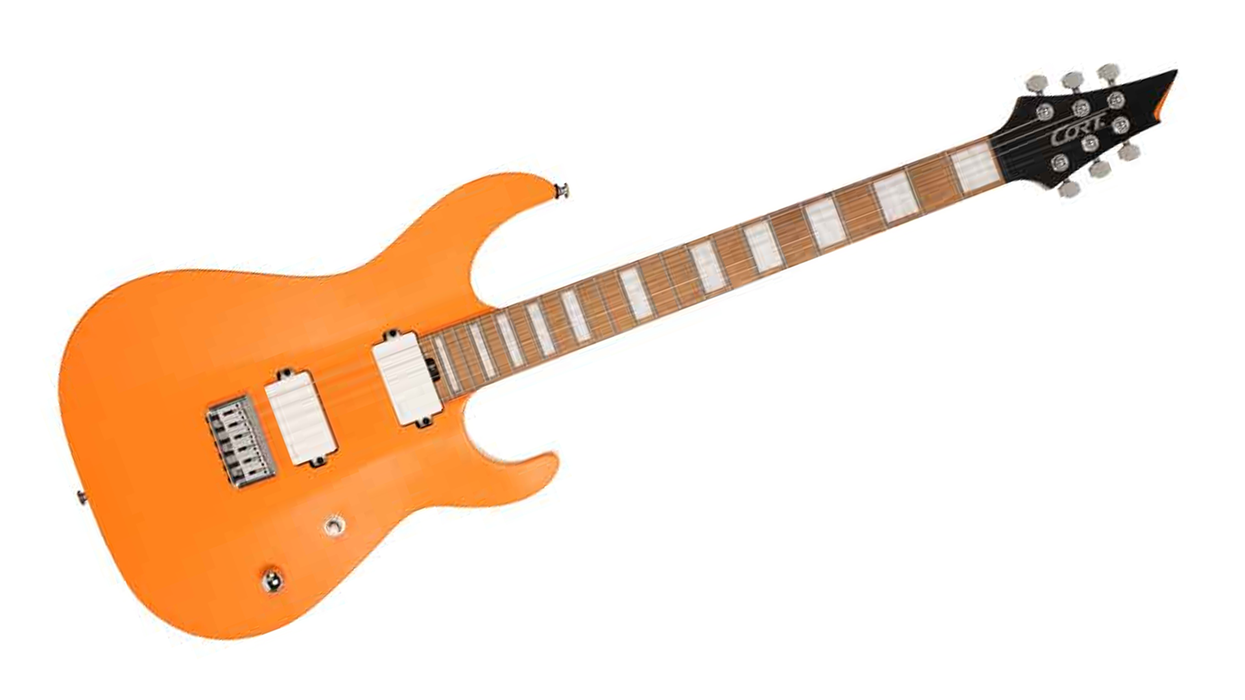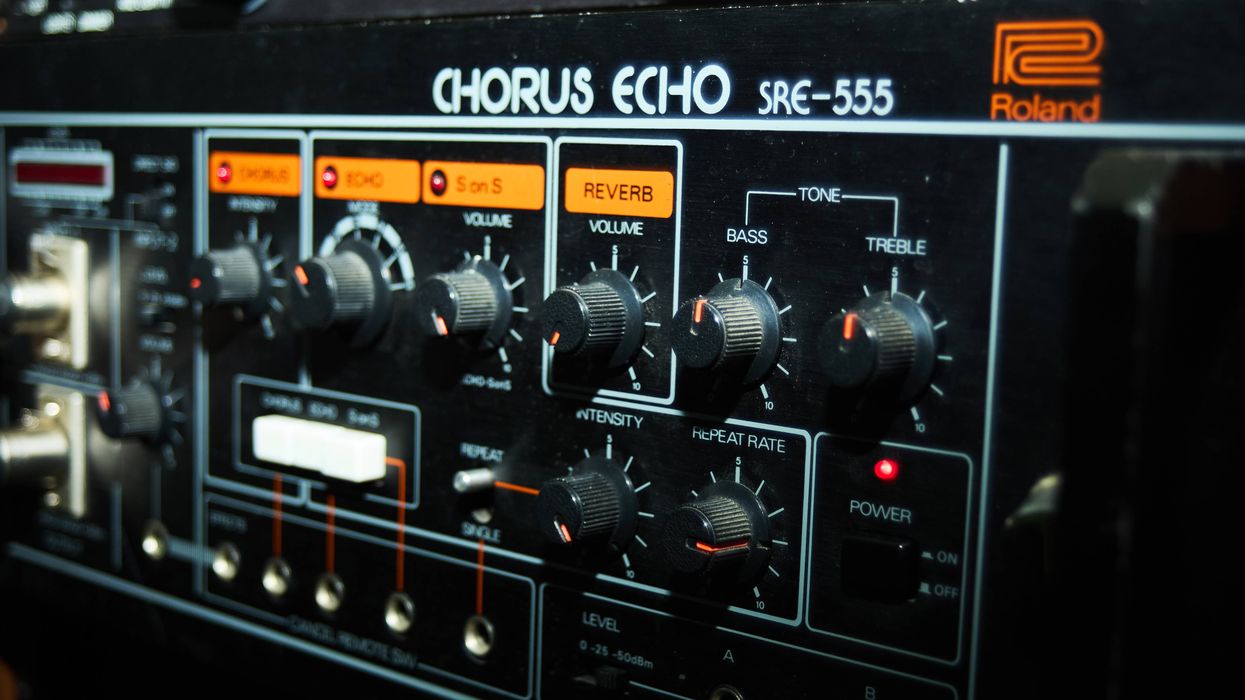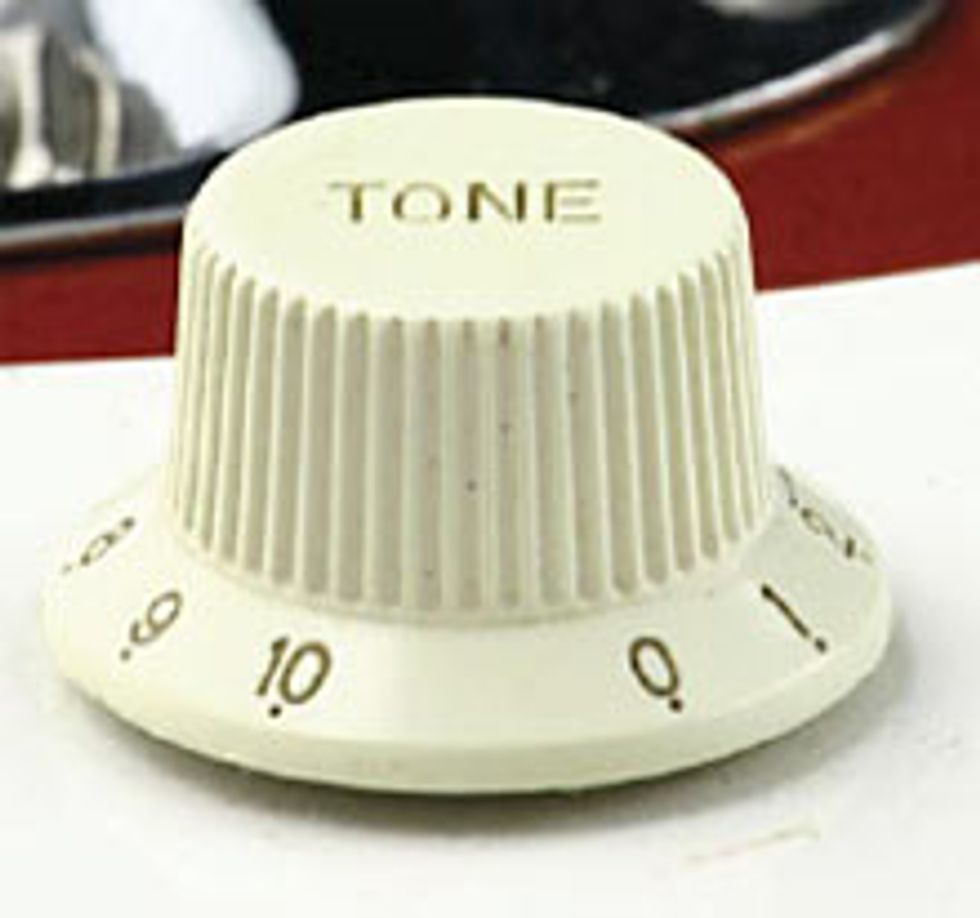 Pots are an oft-misunderstood component, so I thought we’d discuss them this month since they’re used in almost all guitars. They do wear out or break occasionally and need to be replaced, so it behooves you to understand them so that you can make appropriate choices should you decide to buy any.
Pots are an oft-misunderstood component, so I thought we’d discuss them this month since they’re used in almost all guitars. They do wear out or break occasionally and need to be replaced, so it behooves you to understand them so that you can make appropriate choices should you decide to buy any. Pots are variable resistors. As you probably know, a resistor is so called because it resists current flow. Think of it like a garden hose. Turn on a hose and you’ll see water flowing through it. Kinking it effectively adds a resistor to the hose, and you can vary the amount of resistance. Kinking the hose a little bit slows the flow of water somewhat; kinking it more tightly slows the flow somewhat more; and kinking it completely stops the flow of water altogether. Adding a resistor into an electrical circuit does the same thing.
By variable resistor we mean that you have some control over the thing. When the pot is turned to one extreme, it doesn’t resist current flow at all, and when it’s turned to the other extreme, it resists current flow for all it’s worth. When adjusted anywhere in the middle, it resists current flow somewhere between not at all and for all it’s worth.
Of course, for all it’s worth is relative. Just as a weak man might dangle only a few pounds from a swallowed sword, while a strong man might dangle more than 44 pounds from one (yes, really), some pots have more “strength” than others, and you can determine how much one has by the pot’s value. A higher value means more strength, so a 500K pot (500,000 ohms) will stop current flow to a greater degree than a 25K pot (25,000 ohms). Strength is technically the wrong word here, but you get the idea.
The pot’s value (500K; 25K) denotes the maximum resistance that the pot can exert when turned to one extreme; when turned to the other extreme, almost all pots have the same minimum resistance, which is essentially zero.
The values of pots used in the guitar industry vary, but for most guitars that use passive electronics (un-powered, which is usually obvious because there are no onboard batteries), they are typically 250K, 500K, and 1M:
250K (250,000 Ohms)
Most Fenders, including basses
500K (500,000 Ohms)
Most Gibsons
PRS
Gretsch
1M (1,000,000 Ohms)
Jaguar
Jazzmaster
Most of these instruments use the same values for volume and tone controls, but not always. Some makers (Gibson, for instance) have experimented with various values over the years, so there’s no guarantee that your Les Paul will have 500K pots, although it’s pretty likely, and in any event, 500K pots would certainly be an appropriate value for use in a Les Paul, regardless of what value it might have come with from the factory.
So, you might then ask, does the value really matter? If Fender uses 250K pots in some guitars and 1M pots in others, wouldn’t either work in any Fender guitar? The answer is yes, any value will work. However, there is a tonal change that accompanies a value change, and this is the important consideration in the selection process.
A higher value pot will make the guitar sound brighter, even when it’s turned up all the way. This might seem counter-intuitive, since a volume control that’s turned up all the way is in its “not resisting current at all” mode, and so is essentially providing zero (or very nearly zero) resistance. All values of pots will be the same in this regard – offering virtually no resistance to current flow when turned up all the way. Why then would it make any difference, tonally, what value the pot is?
Suffice it to say that it does. Next month we’ll be talking about pots in more detail, and I’ll provide some diagrams to illustrate points so that you can see them easily, but for now just accept that if you insert a 500K volume pot into a guitar that previously had a 250K pot, a brighter tone will result. Tone being subjective, of course; there’s no right or wrong value, the only valid consideration where your guitars are concerned is what value sounds best to you. So feel free to experiment – pots are cheap.
There’s a lot more to talk about concerning pots, so I’ll expand on this topic over the next several months. But before we wrap up, let’s briefly discuss tapers.
Pots come in several tapers: Audio (also known as log; turning clockwise “turns it up”); Reverse-Audio (also log; turning counter- clockwise turns it up); and Linear. Audio taper is by far the most widely used in audio applications and is almost surely what you have in your guitar. In fact, the only guitar in the list above that uses a linear-taper volume pot is the Jazzmaster, and while I could speculate on the reasoning behind this, I won’t. I’ll explain the differences between the three types in greater detail later, but for now you can pretty safely assume that if you need pots for your guitar, you’ll want audio taper (unless you’re left-handed, in which case you’ll probably want reverse-audio, but you probably won’t be able to find them).
So there you have it, another topic that grows in the telling. More next month!
George Ellison
Founder, Acme Guitar Works
acmeguitarworks.com
george@acmeguitarworks.com
302-836-5301



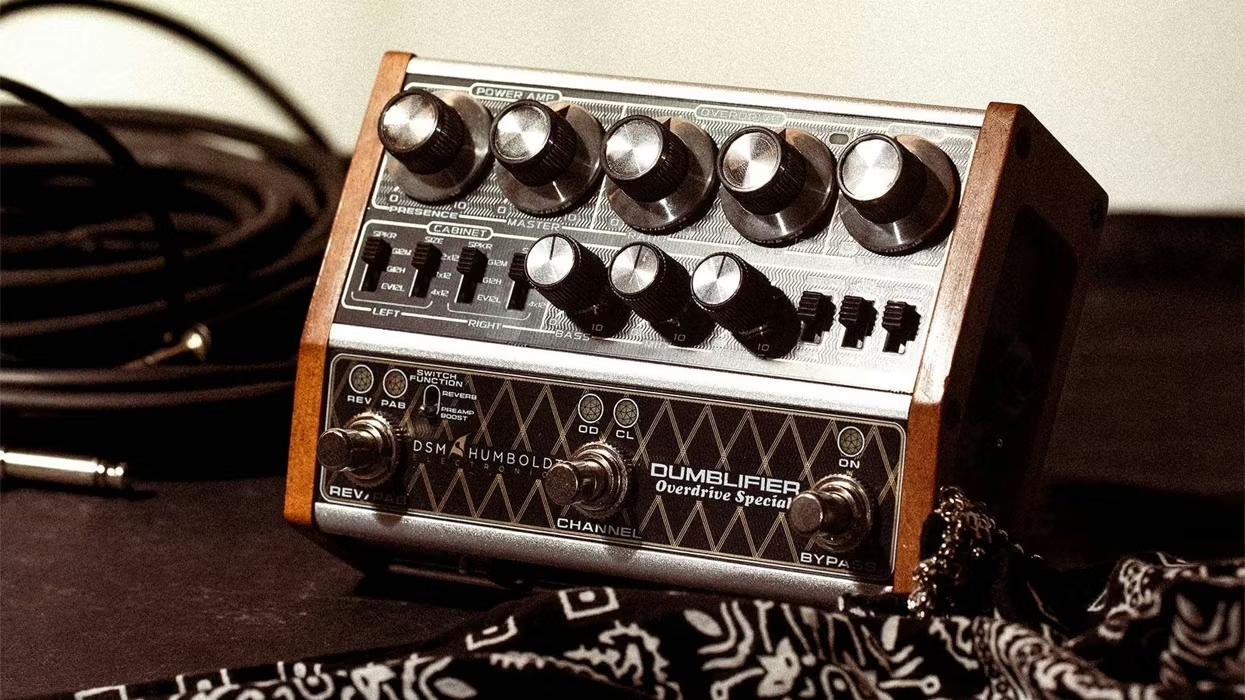
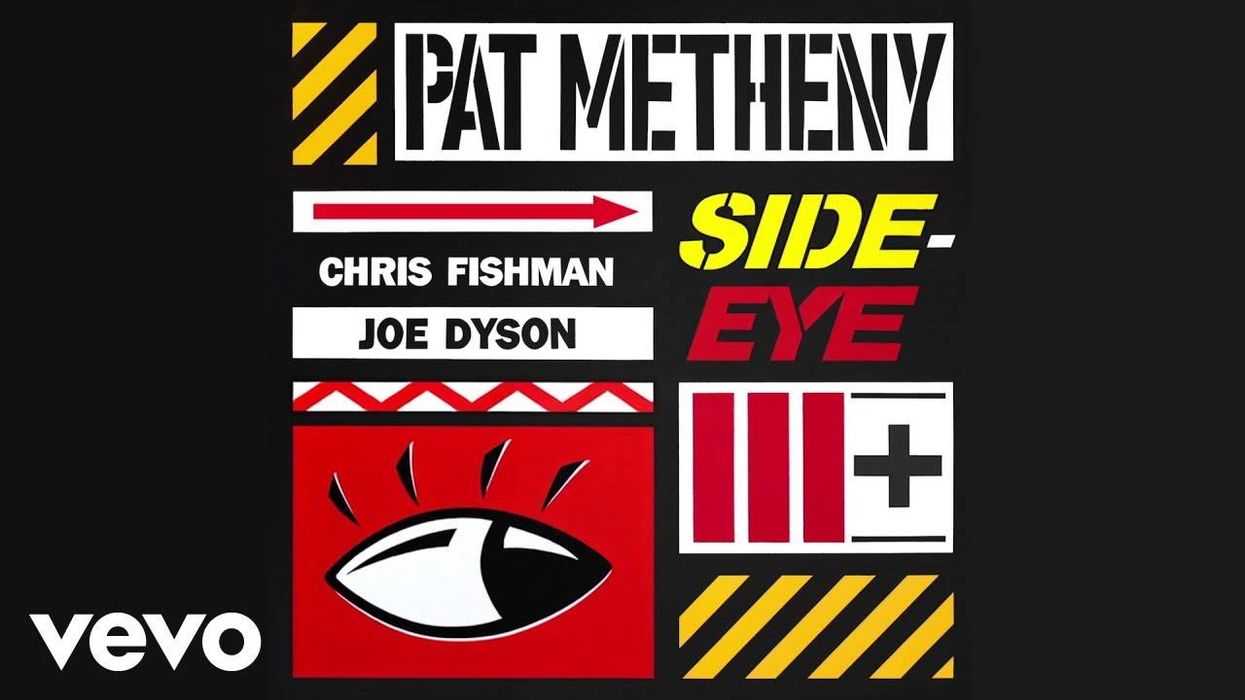


![Rig Rundown: John 5 [2026]](https://www.premierguitar.com/media-library/youtube.jpg?id=62681883&width=1245&height=700&quality=70&coordinates=0%2C45%2C0%2C45)




![Rig Rundown: Russian Circles’ Mike Sullivan [2025]](https://www.premierguitar.com/media-library/youtube.jpg?id=62303631&width=1245&height=700&quality=70&coordinates=0%2C0%2C0%2C0)



